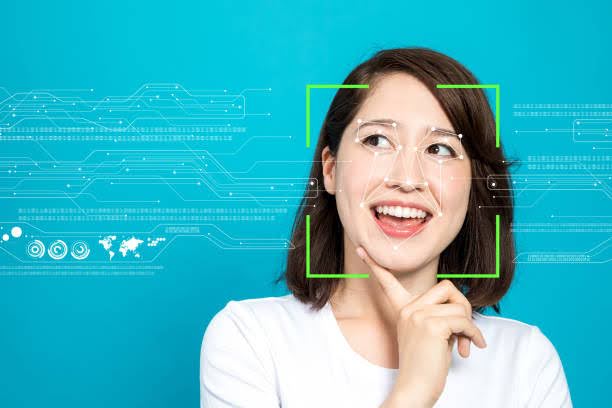Contents
With the constant advancement in AI-based facial recognition technology, at the absolute bleeding edge of the tech is emotion recognition. This technology is, at the most basic level, identifying the sentiments of an individual at any given moment in time.
While it is a relatively newer innovation in biometric identification systems, the potential applications if worked upon and implemented effectively are quite compelling. It adds an additional layer of data to applications where facial recognition is used and can be used for more practical applications of the information.
In today’s blog, we will discuss how emotional recognition works, and its potential uses.
Why Detect Emotions?
An overwhelming majority of psychological literature exists on the fact that a person’s emotional state either influences or straight-up controls their behavior at that moment. While to some extent a person can control or hide their emotions and feelings, for the most part, the average person going about their day is not actively working to disguise how they feel
Thus, for systems where an organization or group is trying to understand, assess, and or influence user behavior, recognizing and analyzing their emotions in a given situation can be highly beneficial, depending on the form of collection and effective use of the data.
How Emotion Detection Works
While normal facial recognition includes two steps, face detection, and feature extraction, facial emotion recognition would add the third step of classifying the face based on emotion.
Emotion recognition works by taking the basic metrics measured by a facial recognition system, like different key points or features that make up a face, like the eyes, lips, nose, and eyebrows, and analyzing them on the special set of learned and created metrics that would help to identify emotions. It could be analyzing the specific position in space of the features of the face, as well as classification based on the individual movement and position of specific facial muscles.
A more advanced form of emotional detection can work based on a similar principle to deepfake technology. An AI emotion recognition model would be trained via a large number of facial samples to be able to recognize different emotions via artificial intelligence technology.
This helps to create a system that is better able to detect emotions as the face is in motion. It also makes it possible for it to more accurately analyze the facial movements of people with different ethnicities and cultural identities, creating a more universal system.
Applications of Face Emotion Recognition
Now that we understand on a basic level how this technology works, let’s talk about a few ways that this technology is and can be implemented in a real-world environment for practical use.
Smartphones
It is thought by many people that your phone already knows a lot more about you than even your close friends and family. It is thought that in the future, emotional recognition systems added to phone cameras will create an additional level of connection with our devices that will be based on emotional cues and subtext as well.
Already, smaller use cases of this technology exist in the form of emojis being created from detecting faces and facial emotions. The addition of this technology to the most used electronic device in a day for any given person will allow companies to tailor their products and materials much better to the average individual.
Enhanced Security Systems
Emotion detection can be a useful tool for use alongside facial recognition systems on CCTV cameras in public places where a large number of people congregate. This kind of system can utilize emotion recognition to detect, and debatably even predict, possible malicious or violent activity by an individual in a public space.
While it is debatable how ethical this kind of system is, the fact is that it is already being implemented in some places in China. A system of cameras was connected to several other systems that include voice analyzers, body temperature, and police servers to create a complete picture of predicted human behavior and potential threats.
This example also highlights how while an emotional analysis by itself might not indicate potential malicious behavior, combined with many other identifiers and systems, a more accurate picture might be built.
Marketing and Advertising
One of the more obvious uses of face emotion recognition is of course in advertising and promotion. These systems can measure the emotional response to any form of advertisement, helping advertisers to judge ad performance and adjust accordingly. They can also be used inside stores and shops of all kinds to judge how satisfied or happy a customer is with their store-going experience.
Closing Thoughts
While this technology can still be considered to be in its initial stages, there are already many different applications where it can be used to great effect. As the capabilities and accuracy of the systems grow, they might evolve many different industries in ways never before thought possible.








